News
New Catalog Showcases a Diverse Exoplanet Landscape with Strange, Exotic Worlds
A new, robust catalog is out featuring 126 confirmed and candidate exoplanets discovered with the National Aeronautics and Space Administration …
Earth Twin or Evil Twin
Maunakea, Hawaiʻi – The discovery of a planet similar in size to Venus that’s orbiting a star in the neighborhood …
Faintest Known Star System Orbiting the Milky Way Discovered from Hawaiʻi
Maunakea, Hawaiʻi – A team of astronomers led by the University of Victoria and Yale University has detected an ancient …
All News

Dark Matter Flies Ahead of Normal Matter in Mega Galaxy Cluster Collision
Maunakea, Hawaiʻi – Astronomers have untangled a messy collision between two massive clusters of galaxies in which the clusters’ vast …
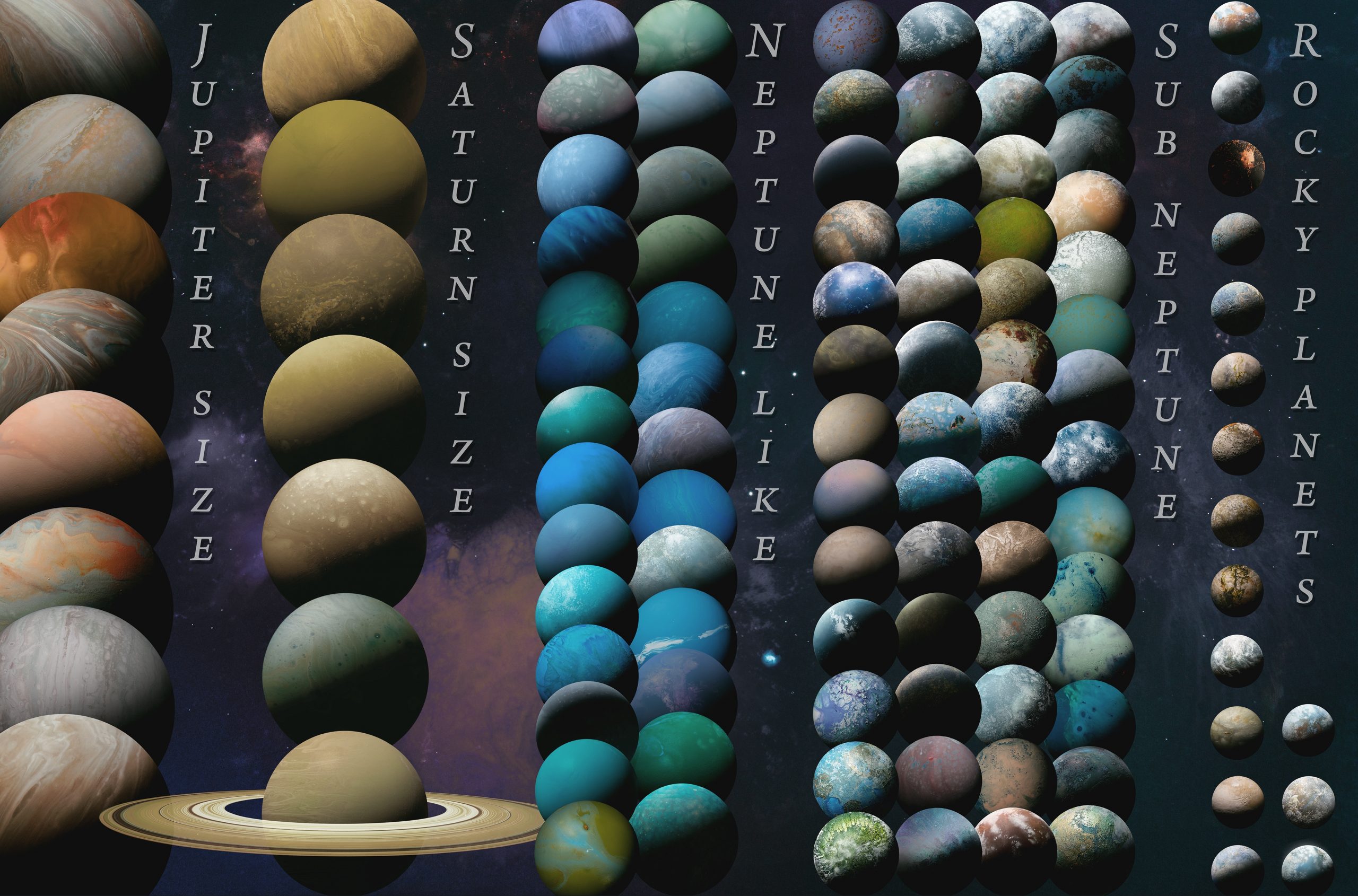
New Catalog Showcases a Diverse Exoplanet Landscape with Strange, Exotic Worlds
A new, robust catalog is out featuring 126 confirmed and candidate exoplanets discovered with the National Aeronautics and Space Administration …
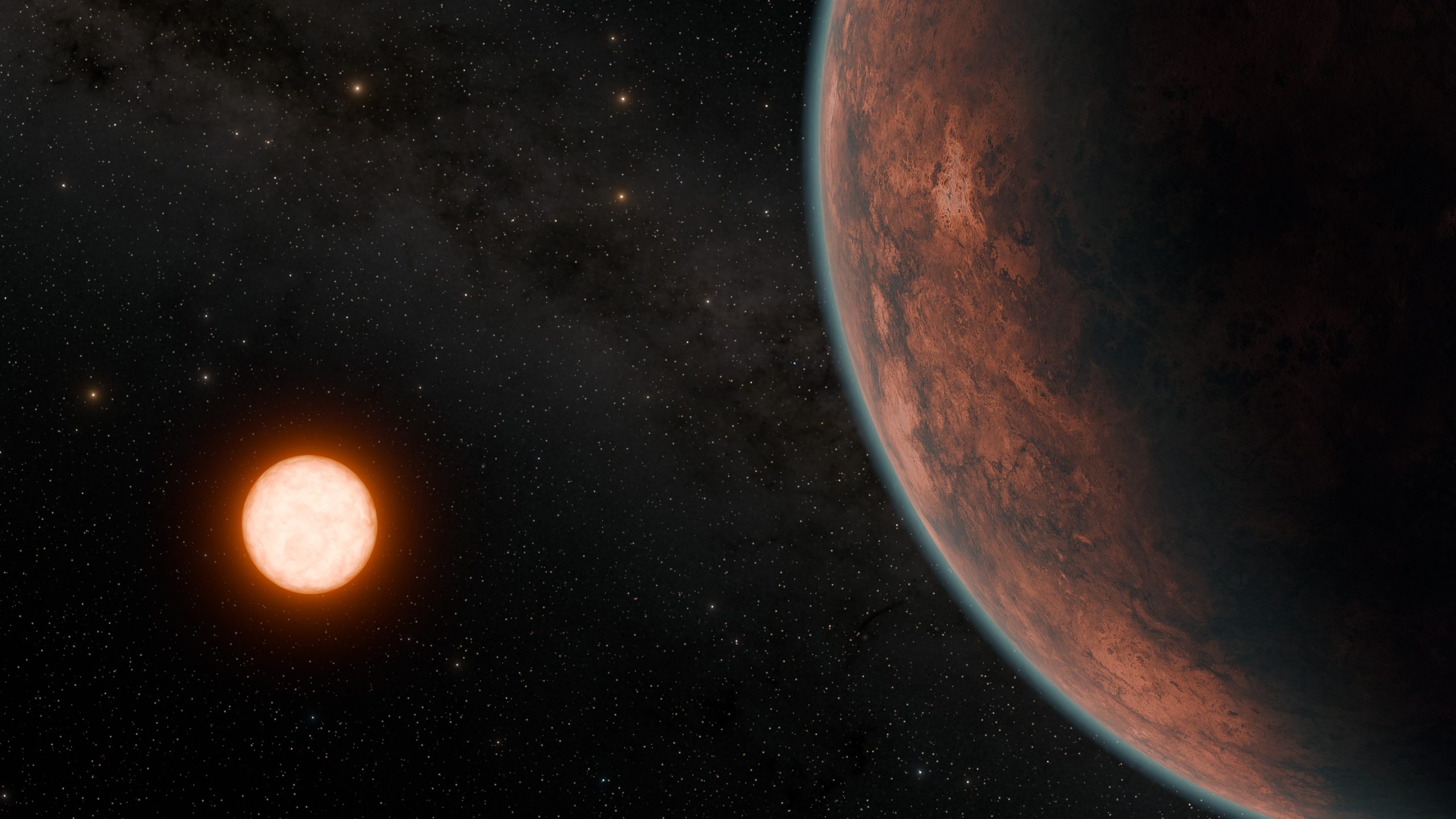
Earth Twin or Evil Twin
Maunakea, Hawaiʻi – The discovery of a planet similar in size to Venus that’s orbiting a star in the neighborhood …
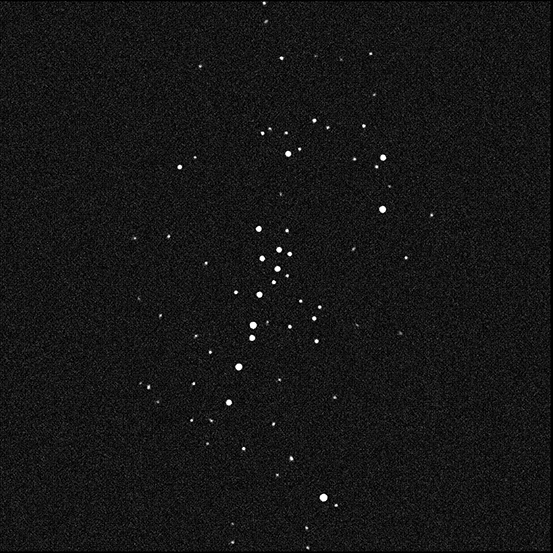
Faintest Known Star System Orbiting the Milky Way Discovered from Hawaiʻi
Maunakea, Hawaiʻi – A team of astronomers led by the University of Victoria and Yale University has detected an ancient …
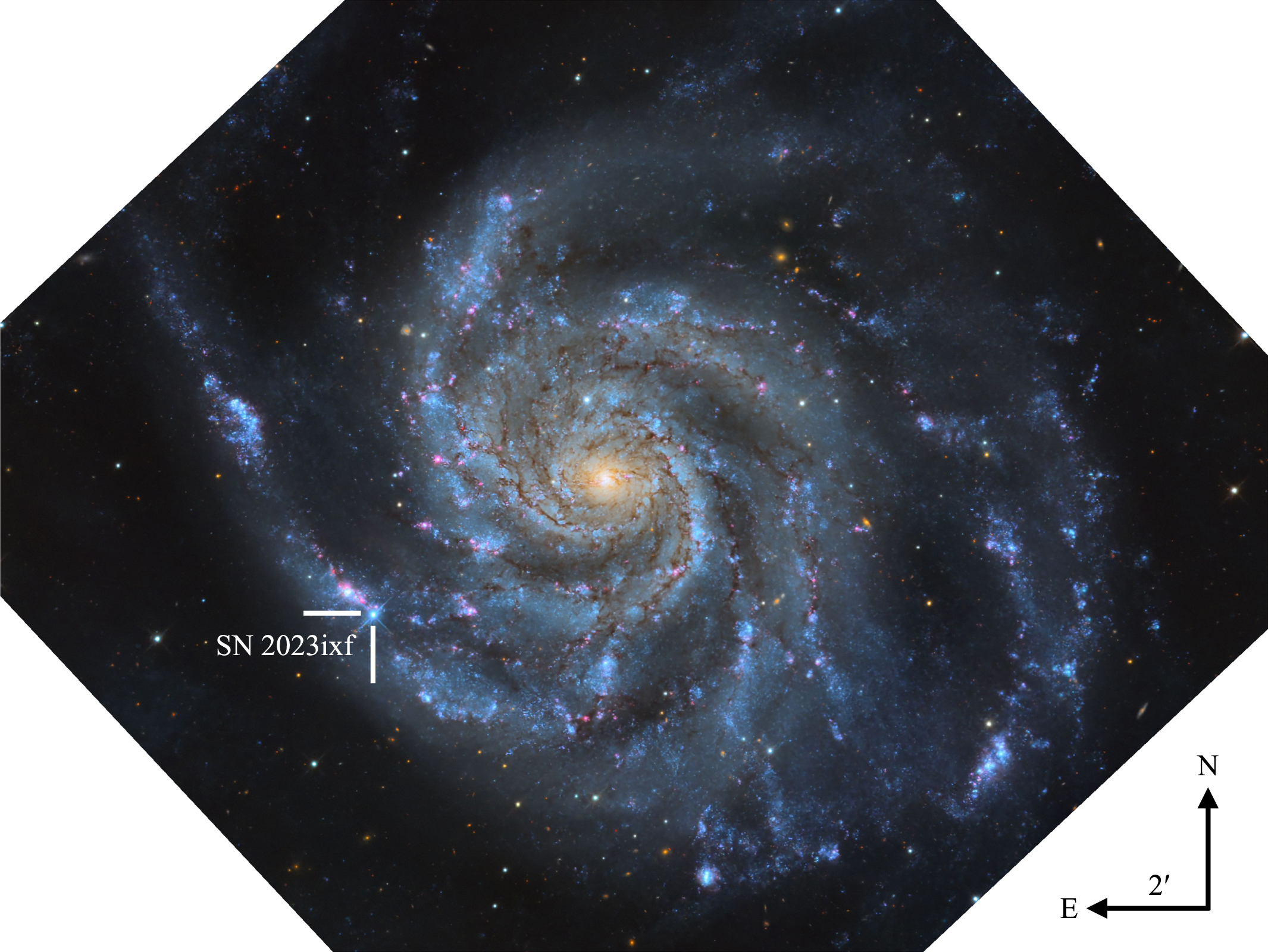
A Hundred Million Suns
Maunakea, Hawaiʻi – Accounts of supernovae – exploding stars – go back thousands of years, and while we know today …
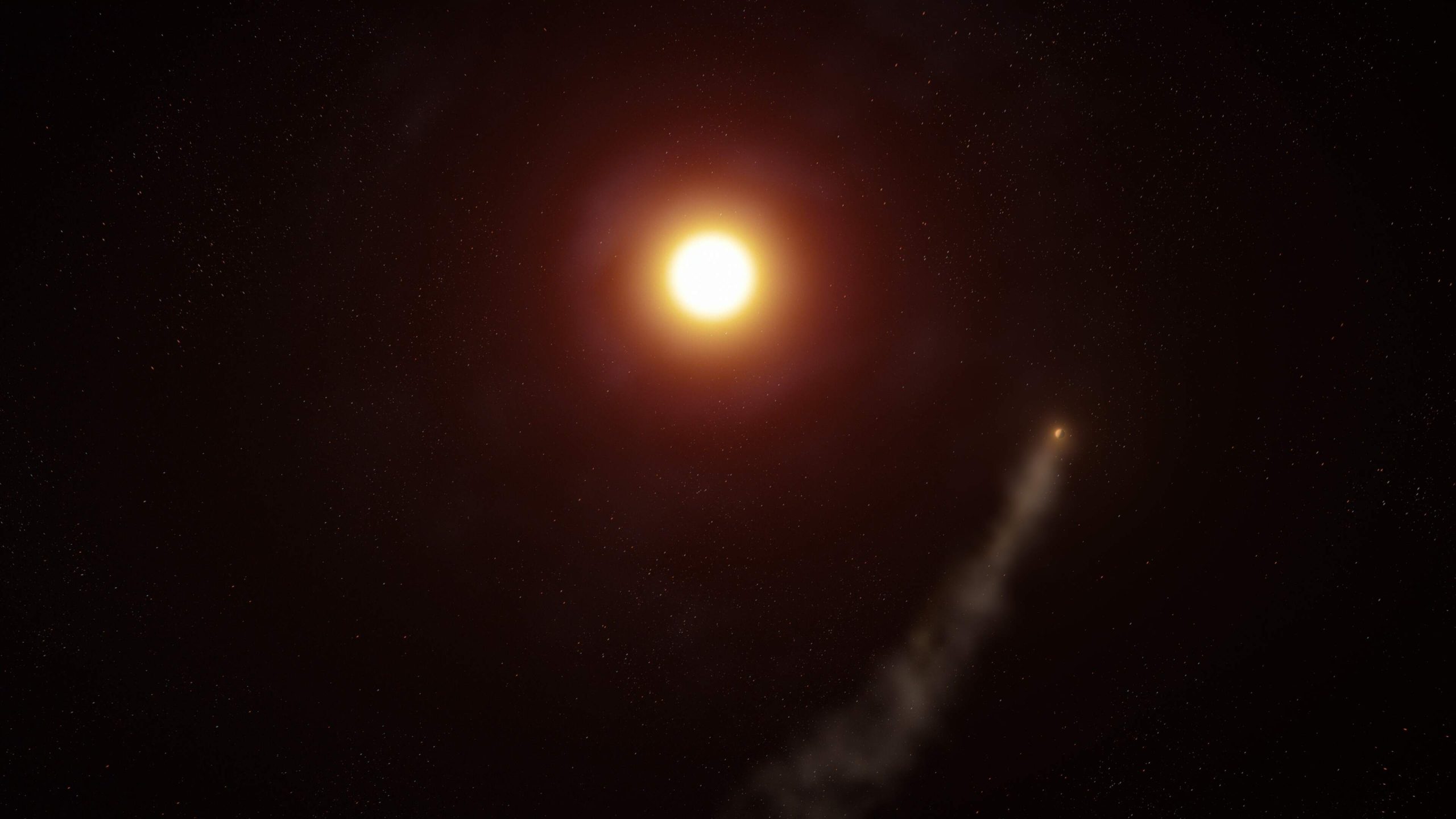
WASP-69b: New Images Reveal Exoplanet’s Comet-Like Tail is Surprisingly Longer Than Previously Observed
Maunakea, Hawai‘i – New data from W. M. Keck Observatory on Maunakea, Hawaiʻi Island confirms exoplanet WASP-69b, known for its …
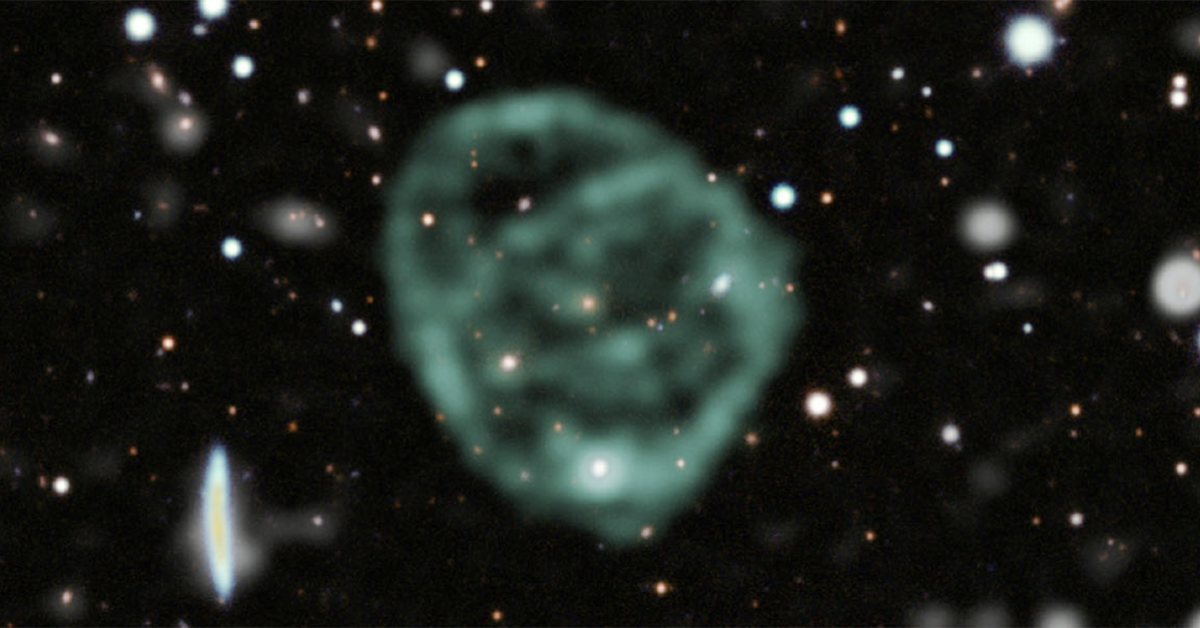
Space Oddity: Uncovering the Origin of the Universe’s Rare Radio Circles
Written by Michelle Franklin, APRDirector of Communications, Physical Sciences at University of California, San Diego Maunakea, Hawai‘i– It’s not every …

W. M. Keck Observatory Appoints Rich Matsuda as Director
International search confirms local-born executive to lead the Observatory Maunakea, Hawaiʻi – The W. M. Keck Observatory today announced the …

Strange New Luminous Fast Blue Optical Transient has Astronomers in Awe
Maunakea, Hawai‘i – Astronomers are baffled by a series of strange, extremely bright repetitive flares that lasted for months – …

Swinburne and W. M. Keck Observatory Form Historic Scientific Partnership to Unlock New Era of Space Discovery for Australia and the U.S.
Swinburne University of Technology has become the first organization outside of the United States to join the W. M. Keck …
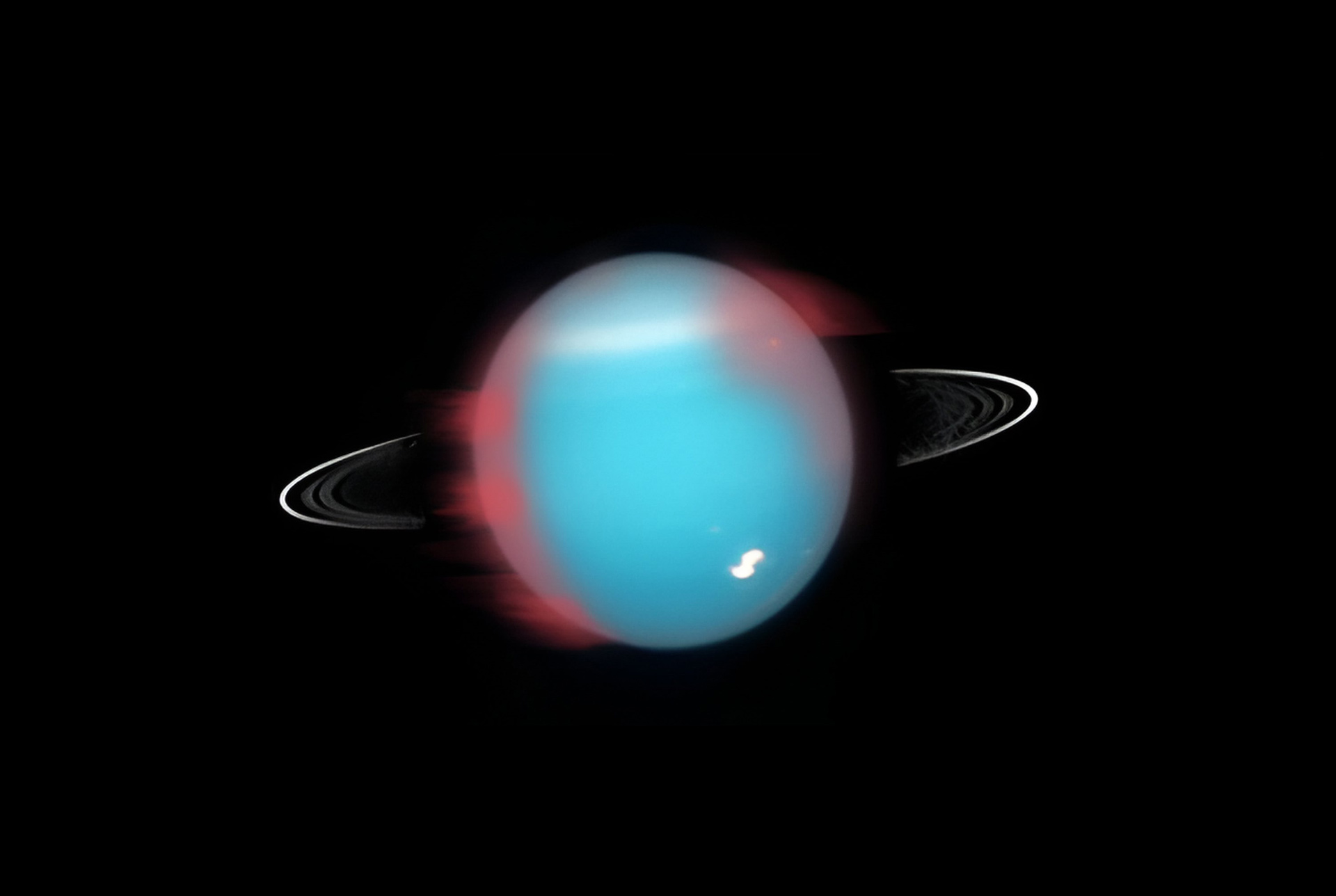
Uranus Aurora Discovery Offers Clues to Habitable Icy Worlds
Maunakea, Hawaiʻi – The presence of an infrared aurora on the cold, outer planet of Uranus has been confirmed for …
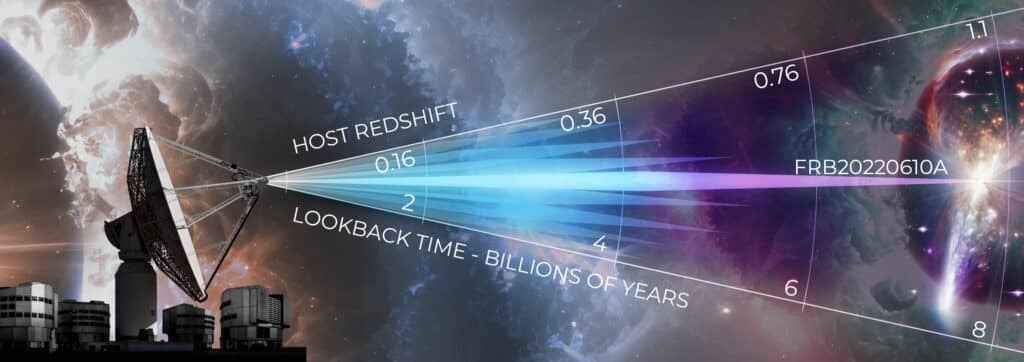
Record-breaking Fast Radio Burst is Most Distant Ever Detected
Maunakea, Hawaiʻi – Scientists have discovered an eight-billion-year-old fast radio burst (FRB) – the most ancient and distant located to …



